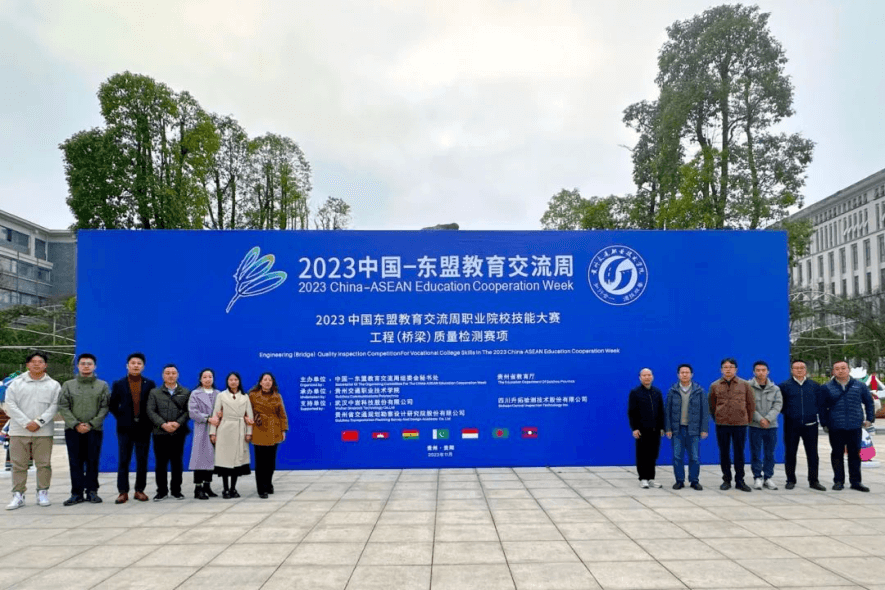Surface defect detection of austenitic stainless steel surfacing layer - Application of ACFM technology in special equipment industry
1 Inspection background:
Hydrogenation reactors are usually operated under high temperature, high pressure, and corrosive environments such as hydrogen and hydrogen sulfide. When the device stops running, due to the intervention of air, there will be a variety of acidic corrosion products in the reactor, such as polysulfuric acid. In such an environment, the material of the vessel may produce hydrogen corrosion, stress corrosion and medium corrosion. Austenitic stainless steel as a kind of good plastic toughness, corrosion resistance, non-magnetic material, is widely used in energy, aerospace, chemical, biological and other fields. Hydrogenation reactor usually uses heat-resistant and hydrogen-resistant steel as the parent material of the reactor shell, and surfacing stainless steel on the inner wall of the parent material to enhance its corrosion resistance and avoid hydrogen corrosion, sulfide corrosion and other types of medium corrosion of the hydrogenation reactor shell during operation.
However, due to the harsh operating environment, the surface crack of austenitic stainless steel surfacing layer is still one of the common defects found in hydrogenation reactor inspection.
2 inspection status:
Austenitic stainless steel does not have magnetic conductivity, usually the penetration technology is used to detect its surface, but the penetration detection can only detect the opening defect, and can not accurately qualitative and quantitative defects, in the detection of penetration cracks, easy to produce missed detection and misjudgment. In addition, ultrasonic detection technology can also be used for detection. Because the structure of austenitic stainless steel surfacing layer is mostly cylindrical manager, there is acoustic anisotropy, and there is a continuous interface between the substrate material, there are heterogenous interface waves and grain boundary reflection waves of heterogenous tissue during ultrasonic detection, which are easy to confuse with the welding defect reflection waves of the surfacing layer, bringing difficulties to the welding quality evaluation of the surfacing layer.
3 Test method:
Ac electromagnetic field detection (ACFM) is a non-contact nondestructive detection method for surface or near-surface defects based on the principle of electromagnetic induction. Using AC electromagnetic field detection technology, the opening and buried depth defects of stainless steel surfacing layer can be detected and quantified to a certain extent.
4 Experimental process:
The test block of austenitic stainless steel surfacing layer was prepared, and the crack defect was simulated by grooving. The test block was slotted on the side of the coating layer. The defect test block is shown in the figure on the right.
The LKACFM-X1 AC electromagnetic field detector produced by Jining Luke Testing Equipment Co., Ltd. was used for detection, and the detection frequency was 1kHz and 5kHz. The test results showed that the minimum surface defect of 3*0.5mm could be found at the frequency of 5kHz. At the lifting height of 5mm, the minimum surface defects of 6*2mm can be found, which proves that ACFM technology can detect surface defects of austenitic stainless steel surfacing layer to a certain extent.

5 Technical advantages:

1, no need for complex surface treatment, no pollution to the container and human body;
2, fast detection speed, immediate output results, improve the inspection efficiency;
3, according to the detection object customized probe, flexible configuration, reduce the detection of blind areas.
-
 Surface defect detection of austenitic stainless steel surfacing layer - Application of ACFM technology in special equipment industry2024-05-28
Surface defect detection of austenitic stainless steel surfacing layer - Application of ACFM technology in special equipment industry2024-05-28 -
 ACFM high temperature in-service detection2024-05-28
ACFM high temperature in-service detection2024-05-28 -
 Surface defect detection of heat exchanger row weld - Application of ACFM technology in pressure vessel field2024-03-30
Surface defect detection of heat exchanger row weld - Application of ACFM technology in pressure vessel field2024-03-30


